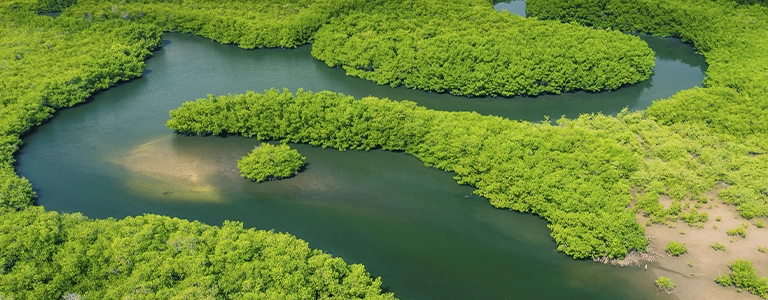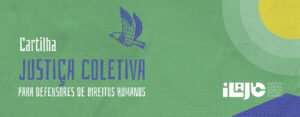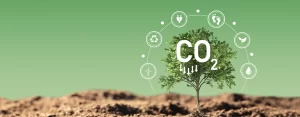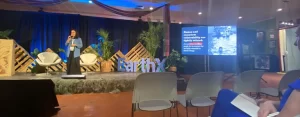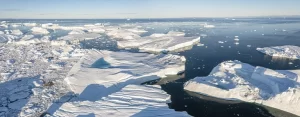Brazil, with its continental extension, encompasses a wide diversity of environmental conditions, including variations in precipitation, temperature, soil characteristics, geomorphology and altitude. These conditions result in different types of vegetation. One way to classify these different ecosystems present in Brazil is by organizing them into biomes.
The Brazilian Institute of Geography and Statistics (IBGE) defines a biome as “a set of plant and animal life, consisting of the grouping of vegetation types that are close and that can be identified at a regional level, with similar geological and climatic conditions and that, historically, have undergone the same landscape formation processes, resulting in a diversity of flora and fauna of their own.” Thus, Brazil has the following biomes: Amazon, Atlantic Forest, Cerrado, Caatinga, Pampa and Pantanal.
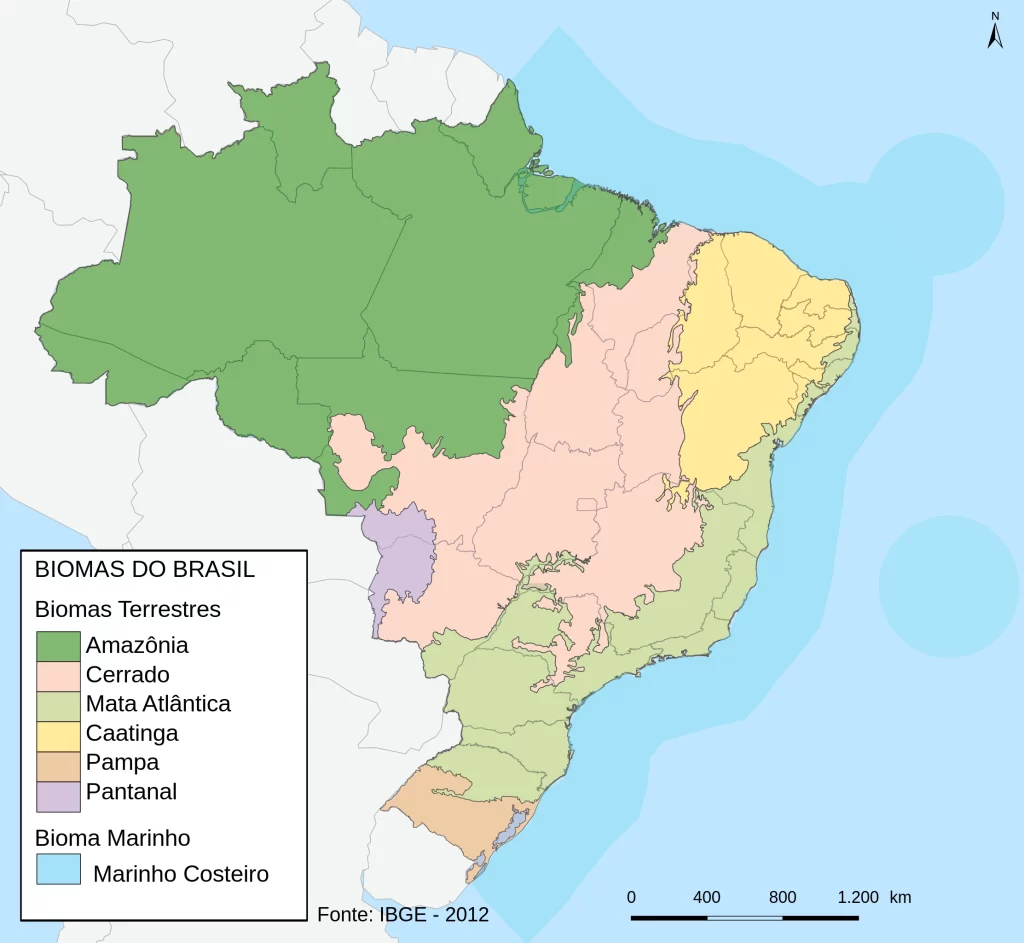
The Amazon and the Atlantic Forest are forest biomes with notable differences in size, relief and occupation rates due to the country’s history. The Amazon rainforest occupies the northern portion of Brazil and is found in other countries in the northwest of South America. The Atlantic Forest extends from the Brazilian northeast to the southern coast, passing through the country’s largest cities in the Northeast, Southeast and South regions.
The central portion of Brazil is occupied by the savanna formation known as Cerrado, characterized by a drier landscape, dominated by spaced trees and native fields. In the Northeast, there is the only exclusively Brazilian biome, the Caatinga, a semi-arid formation. The Caatinga has a marked deciduousness (leaves fall on part of the vegetation during most of the year) due to seasonal water deprivation.
In the Center-West and South are, respectively, the Pantanal and the Pampa. The Pantanal is the largest floodable area on the planet and, for much of the year, attracts ecological tourism. The Pampa is a native subtropical grassland. Both biomes have a history of cattle ranching and are the smallest Brazilian biomes.
Potential for carbon storage
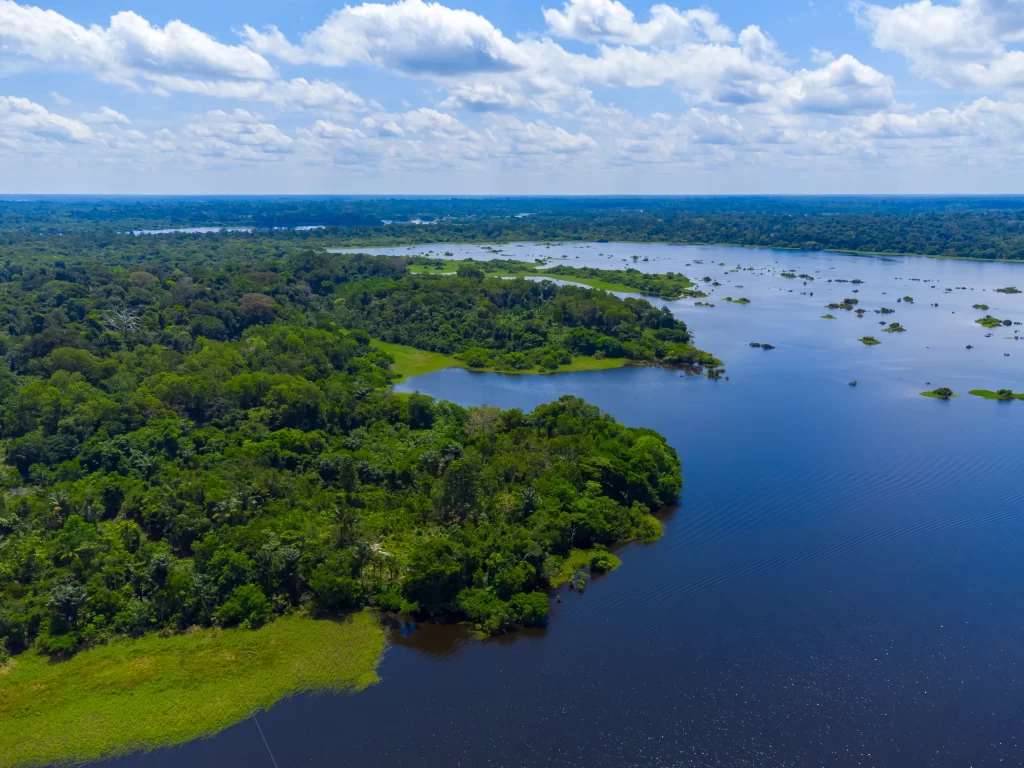
Amazônia
Image by eugpng via Adobe Stock
The Amazon biome is the largest in Brazil, occupying 49% of the national territory. As a tropical forest, the Amazon presents a remarkable diversity of species in all groups of living beings. In absolute numbers, it is also the largest in soil organic carbon (SOC) stocks in the country, with 19.8 gigatons (Gt) of SOC in 2021.
Estimates indicate that the average carbon stock potential per hectare of the biome is 48 tons per hectare (t/ha), with an average that rises to approximately 50 t/ha in forest formations.
Maintaining current carbon stocks and avoiding CO2 emissions through deforestation and burning of organic material is crucial to mitigating the greenhouse effect. This highlights the great contribution of the Amazon biome in combating climate change.
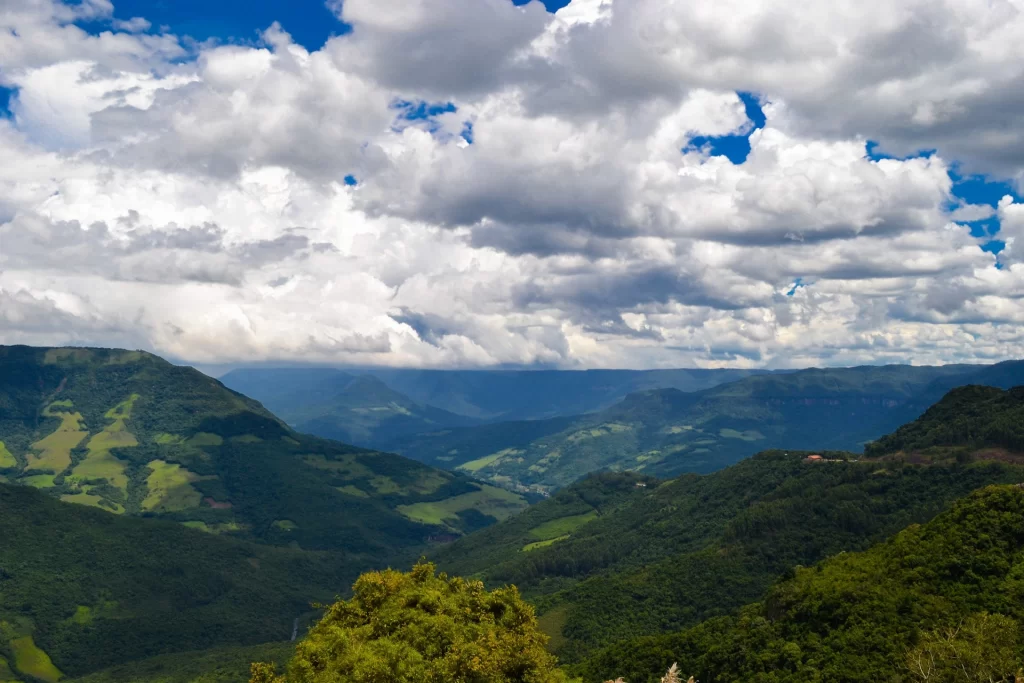
Mata Atlântica
Image by Ricardo Alexandre Photography Ricardinho from Pixabay
The Atlantic Forest, another tropical forest present in Brazil, is the biome that has suffered the most from anthropogenic degradation since the arrival and colonization by the Portuguese in 1500. To this day, the biome has suffered from several changes in land use imposed by unplanned and predatory progress. It currently occupies approximately 13% of the Brazilian territory.
The biome has high rates of urban occupation, with more than 50% of the national population residing there in 15 of the 27 states of the nation. Today, the largest portion of forests is the result of the regeneration of forest areas, and only 27% of the biome is covered by forests.
In 2021, the carbon stock in the soil of this biome totaled 5.5 Gt COS. Of the total, natural areas account for 2.1 Gt COS. The strong contribution of modified areas reflects the high degree of deforestation in the biome. Considering the forest formations in the biome, the average stock is ~56 t/ha.
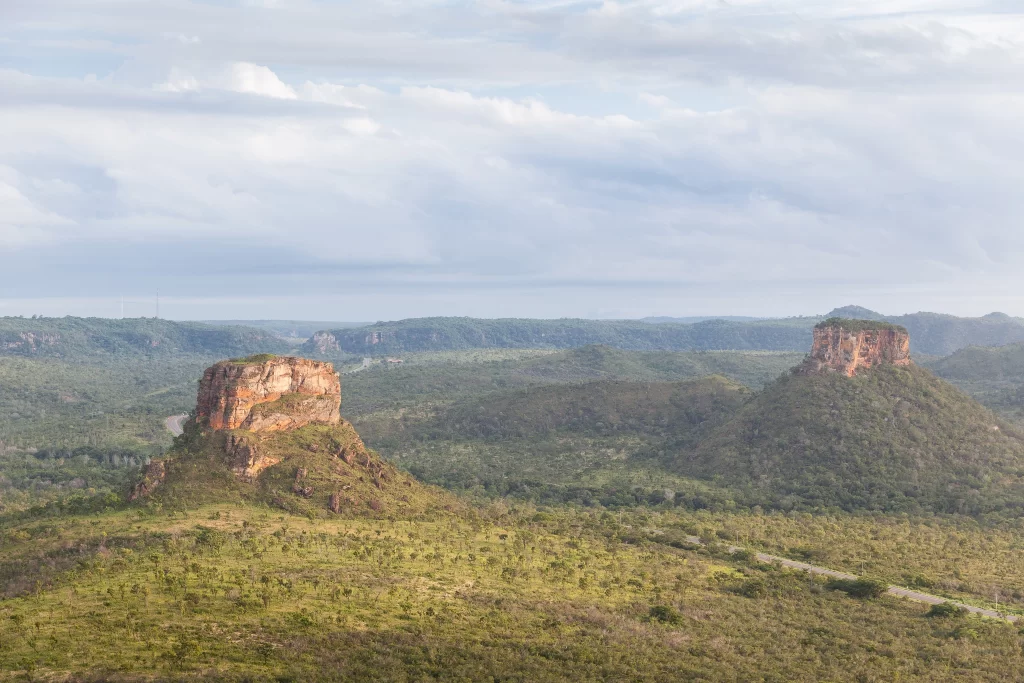
Cerrado
Image by Luciano Queiroz via Adobe Stock
The Cerrado, another diversity hotspot (as well as the Atlantic Forest, as it is a biome with a high number of unique species and a high degree of threat) is subject to a wide range of anthropogenic impacts, such as the transformation of native areas into pastures and monocultures due to the expansion of the agricultural frontier. Over the 23% of its extension, an increasing percentage of native areas is lost each year.
Carbon in the biome is accumulated both on the surface, due to the strong presence of grasses in most of the biome, and underground due to the deep roots of its trees. The amount of COS stock was 8.1 Gt in 2021, most of it (4.3 Gt) in natural areas. The typical Cerrado has the largest average stock of ~39 t/ha.
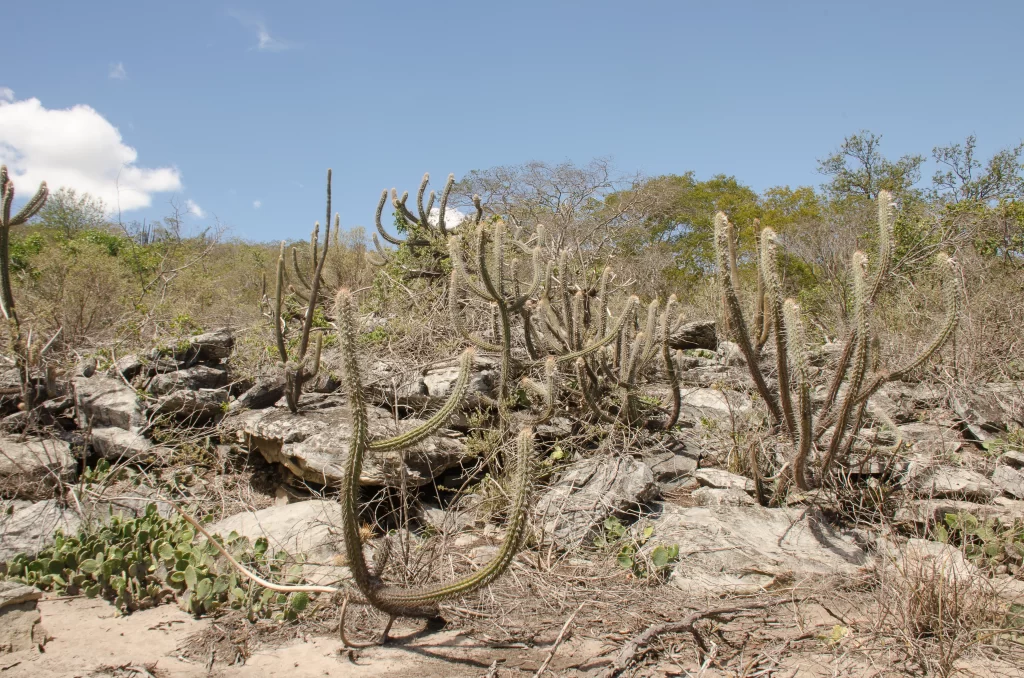
Caatinga
Image of Gabriel by Adobe Stock
The Caatinga occupies approximately 11% of the Brazilian territory and is characterized by low rainfall and high temperatures. This biome has a diverse and unique fauna and flora.
Despite having the lowest stock of soil organic carbon (SOC) per hectare in Brazil (2.5 Gt of SOC), studies indicate that the Caatinga is the Brazilian biome with the greatest efficiency in carbon sequestration. For every 100 tons of CO2 absorbed, between 45% and 60% remains retained and does not return to the atmosphere. In comparison, in the Amazon, the balance between CO2 absorption and release varies from 2% to 11%, while in the Cerrado this efficiency is 23%.
The savannah and grassland formations of the Caatinga have the highest average carbon stock, ~31 t/ha. This is because dry tropical forests are natural deposits that absorb and capture CO2 from the atmosphere, helping to regulate the climate on different scales. This process occurs practically constantly throughout the year due to climatic conditions and carbon exchanges with vegetation growth in response to rainfall.
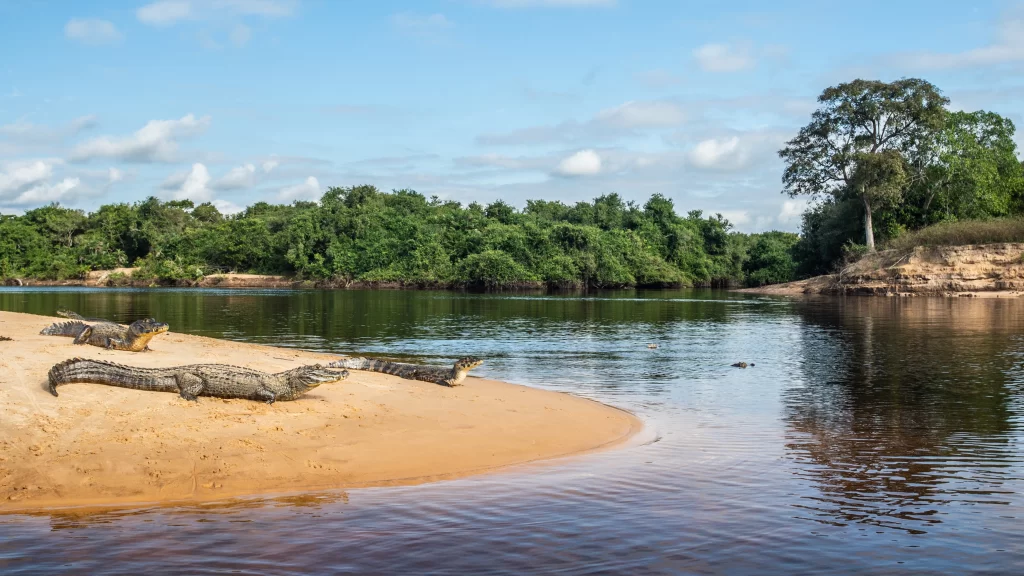
Pantanal
Image by Vaclav via Adobe Stock
The Pantanal, which covers 2% of the Brazilian territory, had storage of 0.6 Gt COS in 2021. A study (Arruda, 2022) using secondary data shows that the biome has a variable stock potential, depending on the plant physiognomy and soil type, and most of it is in natural areas. Fields have the highest average stock (~38 t/ha). Pastures have a stock of ~28 t/ha.
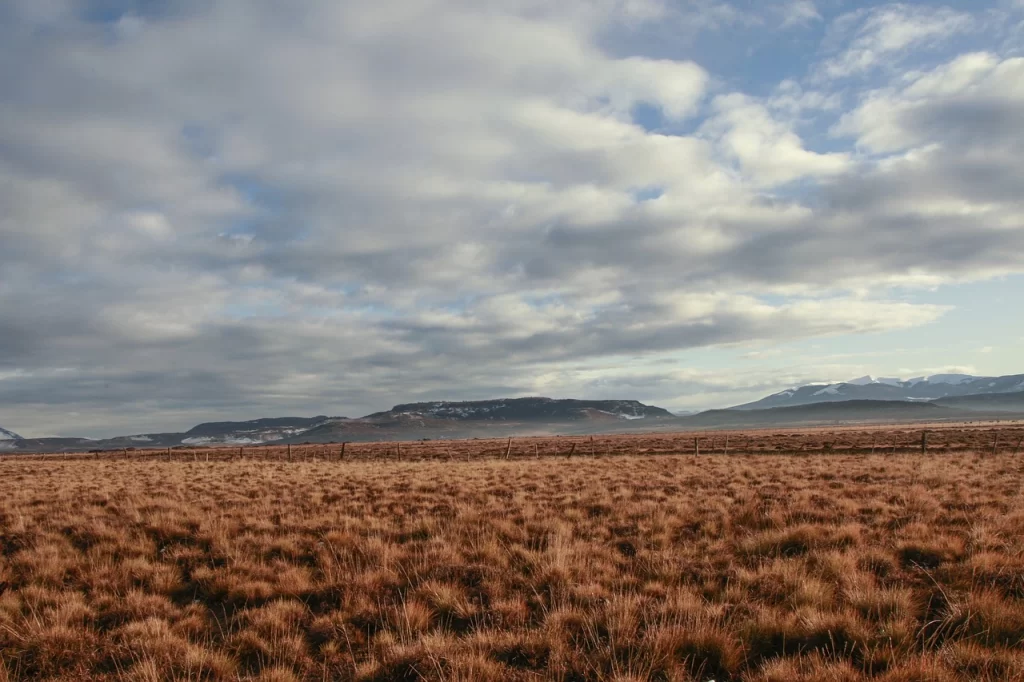
Pampa
Image by Sandro Cisternas from Pixabay
Another biome that covers 2% of the Brazilian territory is the Pampa. The biome had storage of 0.9 Gt COS in 2021. Grasslands are the predominant and most threatened native vegetation in the Pampa. Grasslands cover 32%, while forests occupy 12% of the biome. The native pastures of the Pampa have great potential for carbon storage, with a soil organic carbon stock of ~51 t/ha. Correct management of animal grazing increases root production and the stock of organic carbon and nitrogen.
The Brazilian biomes, each with their own peculiarities, have a high potential for sequestering organic carbon in the soil. The Caatinga, although it has the smallest absolute stock, is the most efficient with an average stock of approximately 31 t/ha. The Pampa has the largest average stock per hectare, around 51 t/ha, while the Amazon Rainforest stands out with an average stock of approximately 50 t/ha and the largest total stock in absolute numbers.
Current deforestation panorama
According to the latest Mapbiomas report, Brazil has lost around 8.56 million hectares of native vegetation in the last five years. In 2023, although deforestation in Brazil decreased by 11.6%, totaling 1.83 million hectares, the situation varies between the different biomes.
The highlights of the report show that: In the Amazon, deforestation fell by 62.2%, with 454.27 thousand hectares deforested. In contrast, in the Cerrado, deforestation increased by 67.7%, especially in the MATOPIBA region, totaling 1.11 million hectares, surpassing the Amazon for the first time. The Pantanal also saw an increase of 59.2%, with 49.67 thousand hectares deforested, while the Caatinga recorded an increase of 43.4%, with 201.68 thousand hectares. The Atlantic Forest and the Pampa showed reductions of 59.6% (12.09 thousand hectares) and 50.4% (1.54 thousand hectares), respectively.
Map of deforestation alerts in Brazil in 2023. Source: RAD2023: Annual Report on Deforestation in Brazil 2023 – São Paulo, Brazil – MapBiomas, 2024 – 154 pages.
The main cause of deforestation in Brazil is agriculture, which has accounted for more than 97% of the loss of native vegetation in the last five years. Other factors include mining, extreme weather events, urban expansion and, in the Caatinga, solar and wind energy projects.
Perspectives
Given the abundance of Brazilian biomes and their globally relevant role in both carbon sequestration and the essential ecosystem services that these biomes provide, it is imperative that we pay attention to policies to relax environmental legislation in Brazil. Such measures disregard the value of environmental services, aiming for profit through the implementation of projects that seriously impact the environment and society.
These projects include forestry, especially on a large scale, which has significant polluting potential. Allowing monocultures for cellulose to occur without the proper environmental licensing, such as the law recently approved by the president under pressure from the ruralist caucus, against the wishes of the Federal Public Prosecutor’s Office and civil society organizations, is an invitation to environmental degradation. Planting monocultures causes impacts such as the contamination of water bodies through the use of pesticides and fertilizers, the compromise of ecosystem services and, consequently, the quality of life of local populations.
Insisting on projects that are known to degrade our ecosystems is completely inconsistent. By relaxing these laws, we are effectively signing our own demise. There is still time to reverse this situation, but it is running out, and we are already witnessing the consequences of the failure to act in relation to environmental policies for mitigating and adapting to climate change.
References
Arruda. 2022. Dissertation.pdf (unemat.br)
MapBiomas. 2024. RAD 2023: Annual Report on Deforestation in Brazil 2023
